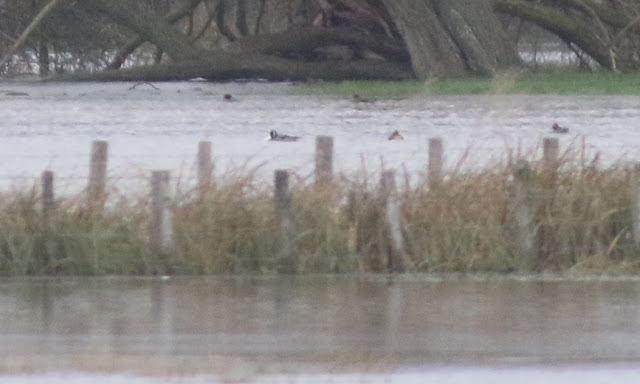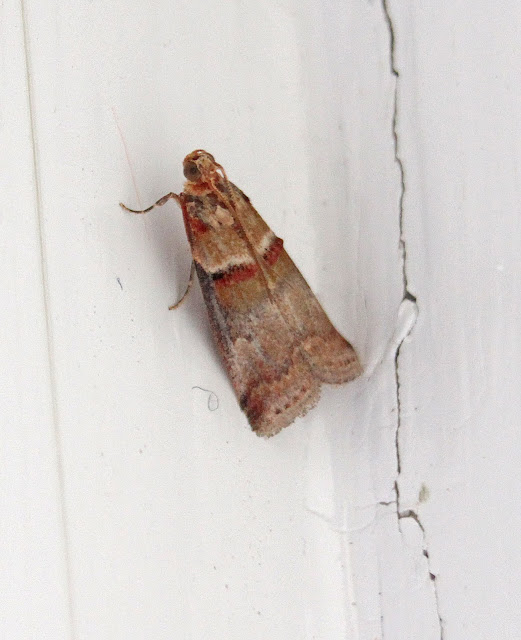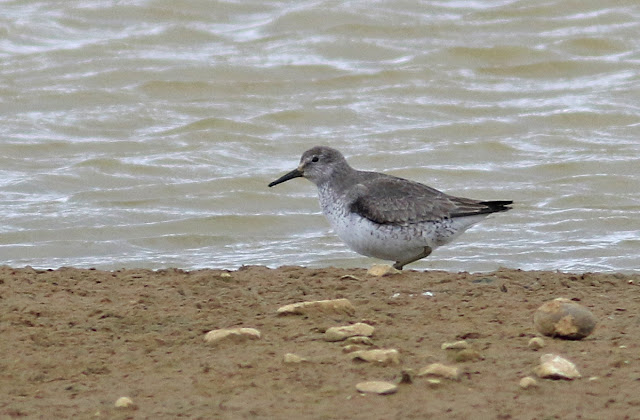As an entrenched anti-capitalist, the main challenge I see to overcome in developing a post capitalist, nature and people centric sustainable society is a societal value system that adequately replaces GDP. The beauty and the reason for success of GDP is it's simplicity. So anything that replaces it will need to be as simple as possible (but not over simple). Measuring the success of a society by economic growth alone is what is destroying our planet, it needs an upgrade, worked well in the past but is now becoming obsolete and causing more harm than good. A post-capitalist algorithm that governs a society would need to take into account other metrics, metrics that measure Natural Capital and Social Capital. In developing Natural and Social Capital metrices, an organisation or corporation could submit 'triple-bottom line' accounts and an index could effectively inform shareholders of their true wealth creation (not just economic wealth creation, so it would report on Economic, Natural and Social Capital). Those corporations or companies with the highest 'wealth' creation could be rewarded by paying less tax (which would be justified as tax is often used to repair the damage that capitalism causes). Whether its an individual or corporation's contribution to society being measured, metrics are required to put a value on who should be rewarded and who should be 'punished'. A sustainable future and a post-capitalist society will require this kind of technology to for example punish corporations like Viridor and reward organisations like ..... our organisation! lol
I don't really know how these metrics would be used in a final algorithm , maybe nobody does but that algorithm is forming naturally anyway and there will be and is a scramble to control and harness that naturally evolving system. The way we interact with the internet and feed our effort into output is certainly creating personal profiles and also organisational profiles. Data companies are now the largest companies that ever existed on the planet, the future is all about data. As we use the internet freely we are now the product, if you are not paying for something than you are the product. Everything we do is being recorded and big data companies are analysing that data and analysing us. In the future devising systems that reward people for contributing positively will almost certainly emerge. Those who earn lots of money are often doing it at the expense of the planet and currently our society's algorithms reward those people to the detriment of everyone and everything. They want to keep it like that so are fighting hard to control the algorithms. There will almost certainly be horrifying consequences to this new emerging immense power before society is shocked into taking democratic control on the algorithms. The old world is dying and the new one is struggling to be born.. this is indeed the time of monsters (after Gramsci)
We need a system that rewards those who are creating Economic, Natural and Social Capital. We need a new system. We need an end to Capitalism and the new metrics that feed into planetary system management algorithms will be a fundamental part of that.
Here's a few metrics that I've been playing around with this year in our tiny organisation, either personal metrics or group/team metrics. My objective with our tiny little enterprise is to create a test tube model of what a future company would/should/could/might/might not look like. A organisation that measures it's success in a few ways including in birding output! It's an impossible objective but perhaps does offer some glimpses into what companies will be recording and reporting on in their annual reports in the future and what individuals in a post-capitalist society will be valued on- perhaps a value system that qualifies people for Universal Basic Income (there is going to be a hell of a lot of people with not much to do once these systems take hold especially after the Covid reset)- something I might need if I spend too much time living in the clouds!
Number of Bird Species Recorded in 2020: 196
Total Number of Days Birding: 124 Ebird Checklists (+ 10 or so additional days)
Total Number of Moths and Butterfly Species Recorded in 2020: 444 (+ approx 10 species on day trips)
(331 moths and 16 butterflies at Beddington and 267 moths and 10 butterflies at the Old Vicarage)
Total Number of Records of Moths and Butterflies in 2020: 2767 records (approx 250 nights recording)
All Time Western Palearctic Bird List: 704
All Time World Bird List: 2938
Beddington Farmlands Bird List (Personal): 224
Azores List (Personal): 241
Moth and Butterfly lists: My next project
Description Species Finds list (Rare bird finds list) : 7 county description species and 1 BB Rarity in 2020 SEE HERE
Blog Views in 2020 : 169,000 page views
Beddington Farmlands Facebook Group: 1618 likes, 1722 follows
Most popular post had a reach of 14,900
Number of Publications published in 2020: Birdwatch/Birdguides article (2), Dutch Birding paper (1), Beddington Farmlands Reports (2), Azores Bird Club Reports (1), Portuguese Rarities Committee Report (2)
Number of reads on Research Gate : 6235
Total Little Oak Group Economic Capital Revenue 2020: £303,000
Total Number of Little Oak Tree and Garden Care Customers in 2020: 540





















































































